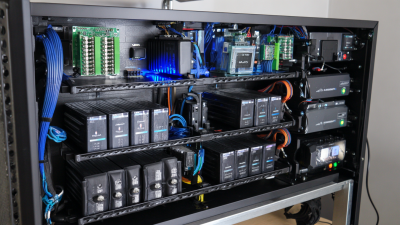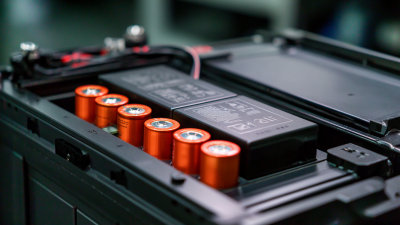
-
Home
-
Company
-
Products
-
News
-
FAQs
-
Blog
-
Contact
-
Phone
-
E-mail
-
Whatsapp
Leave Your Message

In recent years, the demand for efficient and high-capacity energy storage solutions has surged, driven by the global shift towards renewable energy and the increasing reliance on electric vehicles. A significant innovation in this field is the adoption of the "48 Volt 300 Amp Lithium Li-Ion" battery system, which offers pronounced advantages in both performance and energy density. According to a recent market report from Energy Storage Association, the lithium-ion battery market is projected to reach $100 billion by 2025, growing at a CAGR of 20%. This growth is largely propelled by advancements in battery technology that enhance storage capacity, reduce weight, and improve charge cycles. By unlocking the potential of 48 Volt 300 Amp Lithium Li-Ion batteries, industries can achieve greater efficiency and sustainability, effectively transforming how we utilize stored energy across multiple applications.
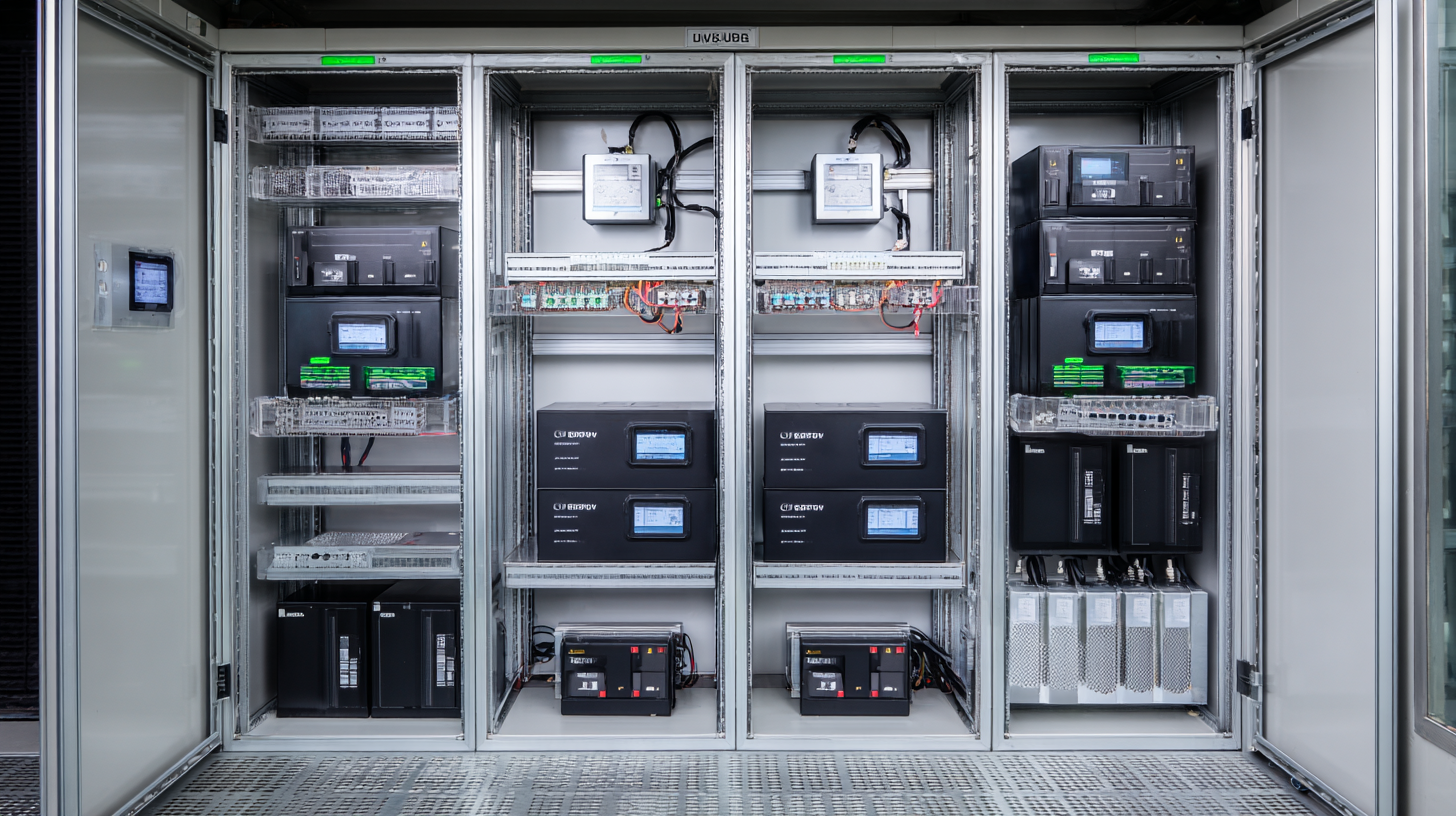
The evolution of energy storage technologies has taken a significant leap forward with the introduction of 48 Volt 300 Amp lithium Li-Ion batteries. These advanced batteries are designed to address the increasing demand for efficient, reliable, and compact energy storage solutions across various applications. By providing a high energy density combined with a robust output, they are paving the way for innovations in industries such as renewable energy, electric vehicles, and backup power systems.
One of the remarkable advantages of 48 Volt 300 Amp Li-Ion batteries is their ability to deliver high power while maintaining a longer cycle life compared to traditional lead-acid batteries. This not only reduces the frequency of replacements but also lowers the total cost of ownership for consumers and businesses alike. Furthermore, their lightweight nature and modular design make for easier installation and integration into existing systems, making them a versatile choice for both residential and commercial energy solutions. As these batteries continue to transform the landscape of energy storage, their impact on efficiency and sustainability cannot be overstated.
The emergence of 48 Volt 300 Amp lithium Li-Ion battery systems has revolutionized energy storage solutions across various industries. One of the key advantages of these systems is their enhanced efficiency. Operating at a higher voltage allows for lower current flow, which minimizes energy losses due to resistance in the wiring. This efficient energy transfer not only improves overall performance but also increases the lifespan of the batteries, making them a cost-effective choice for long-term energy storage.
Another notable benefit is the scalability and flexibility these battery systems offer. With their ability to be easily integrated into existing systems, 48 Volt 300 Amp batteries can accommodate a wide range of applications, from renewable energy systems to electric vehicles. This versatility enables businesses and homeowners alike to customize their energy storage solutions to meet their specific needs, driving further innovation in energy management practices. Their compact design facilitates installation in various settings, making them accessible for users who may have space constraints.
The comparative analysis of traditional and lithium-ion energy storage solutions reveals significant advancements in technology and efficiency. Traditional energy storage systems, while established, face limitations in energy density and overall performance. In contrast, lithium-ion batteries, particularly with higher voltages like 48 Volt 300 Amp configurations, exhibit superior energy density and charge/discharge rates. Recent innovations in electrode materials and electrolytes further bolster the efficiency of lithium-ion systems, making them more viable for large-scale applications.
Moreover, the scope of lithium-ion technology extends to sustainability assessments, where life cycle evaluations show that they have a lower environmental impact compared to conventional batteries such as lead-acid. Studies have highlighted the importance of sustainable practices in the lithium supply chain, including better recycling methods and resource extraction technologies. The integration of high-entropy approaches to cathode materials has also provided a fresh perspective, offering improved performance metrics that could outpace traditional doping strategies. Thus, as the energy landscape evolves, lithium-ion batteries stand as a transformative force in energy storage solutions, driving a shift towards more efficient and sustainable practices.
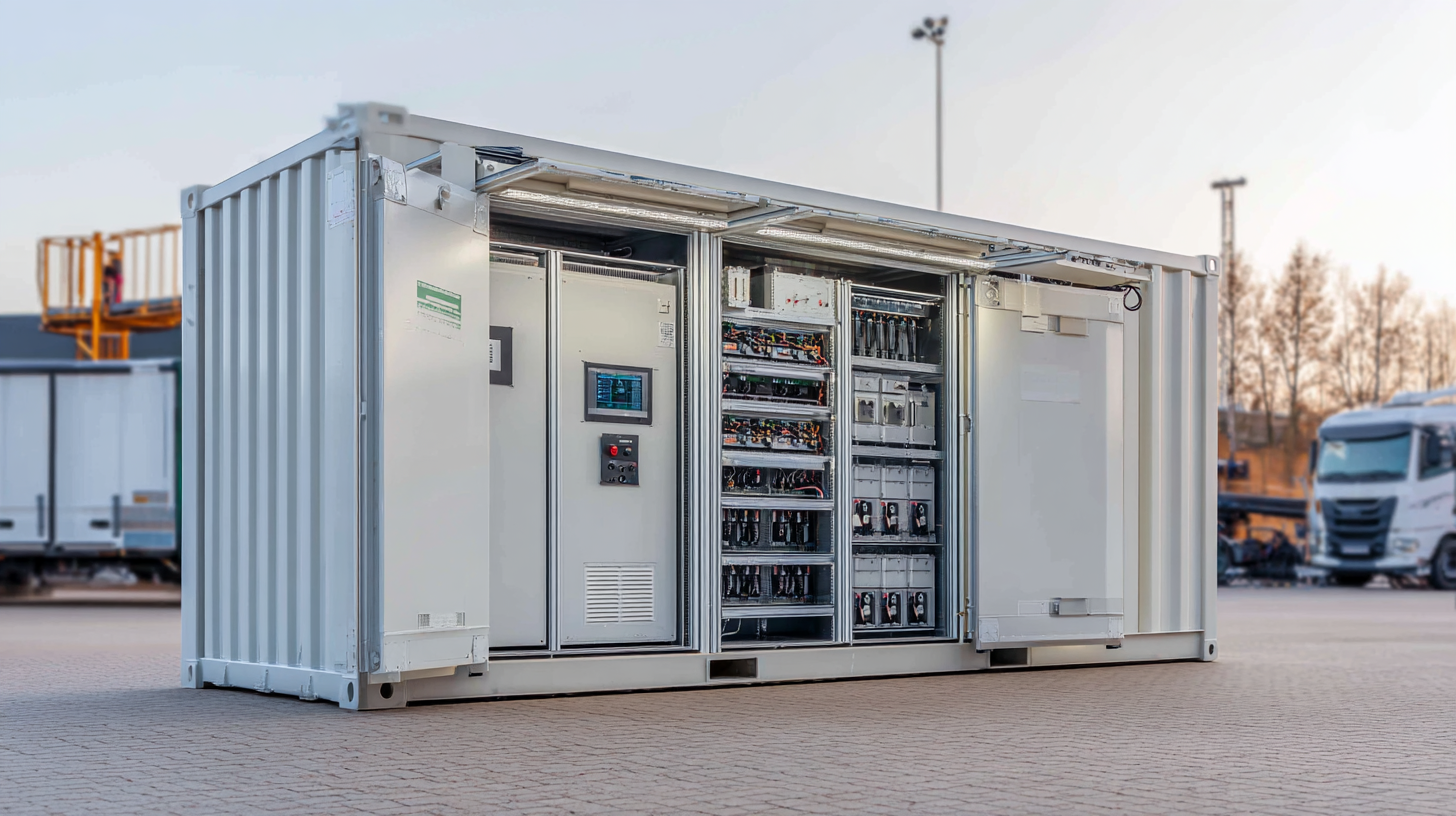
The adoption of 48 volt 300 amp lithium Li-Ion batteries is rapidly transforming various industries due to their remarkable efficiency and versatility. One significant application is in the renewable energy sector, where these batteries serve as crucial components in solar energy storage systems. By efficiently storing excess energy produced during peak sunlight hours, they enable smoother energy management and provide reliable power during periods of low energy generation.
Moreover, the electric vehicle (EV) industry is experiencing a revolution with the integration of these advanced battery systems. They not only enhance the range and efficiency of electric cars but also significantly reduce charging times. This advancement is crucial for widespread EV adoption, as consumers seek sustainable and practical transportation options. Additionally, industries such as marine, telecommunications, and backup power systems are increasingly utilizing 48 volt lithium batteries, recognizing their lightweight design, longer life cycles, and lower maintenance costs compared to traditional lead-acid batteries. The versatility of these batteries positions them as a cornerstone for future energy storage solutions across diverse applications.
This chart illustrates the estimated market share of 48 Volt 300 Amp Lithium Li-Ion batteries across various industries. Notably, electric vehicles and renewable energy applications dominate the market, highlighting the significant transformation these batteries bring to energy storage solutions.
The energy storage market is poised for significant growth, with projections indicating that the outdoor energy storage market will expand from $2.23 billion in 2024 to $5.64 billion by 2031, achieving a compound annual growth rate (CAGR) of 14.2%. This impressive growth is driven by the increasing proliferation of lithium-ion batteries, particularly as electric vehicles (EVs) become more mainstream. The advancements in lithium-ion technology and declining battery material costs are expanding the applications for these batteries, making energy storage solutions more accessible and efficient.
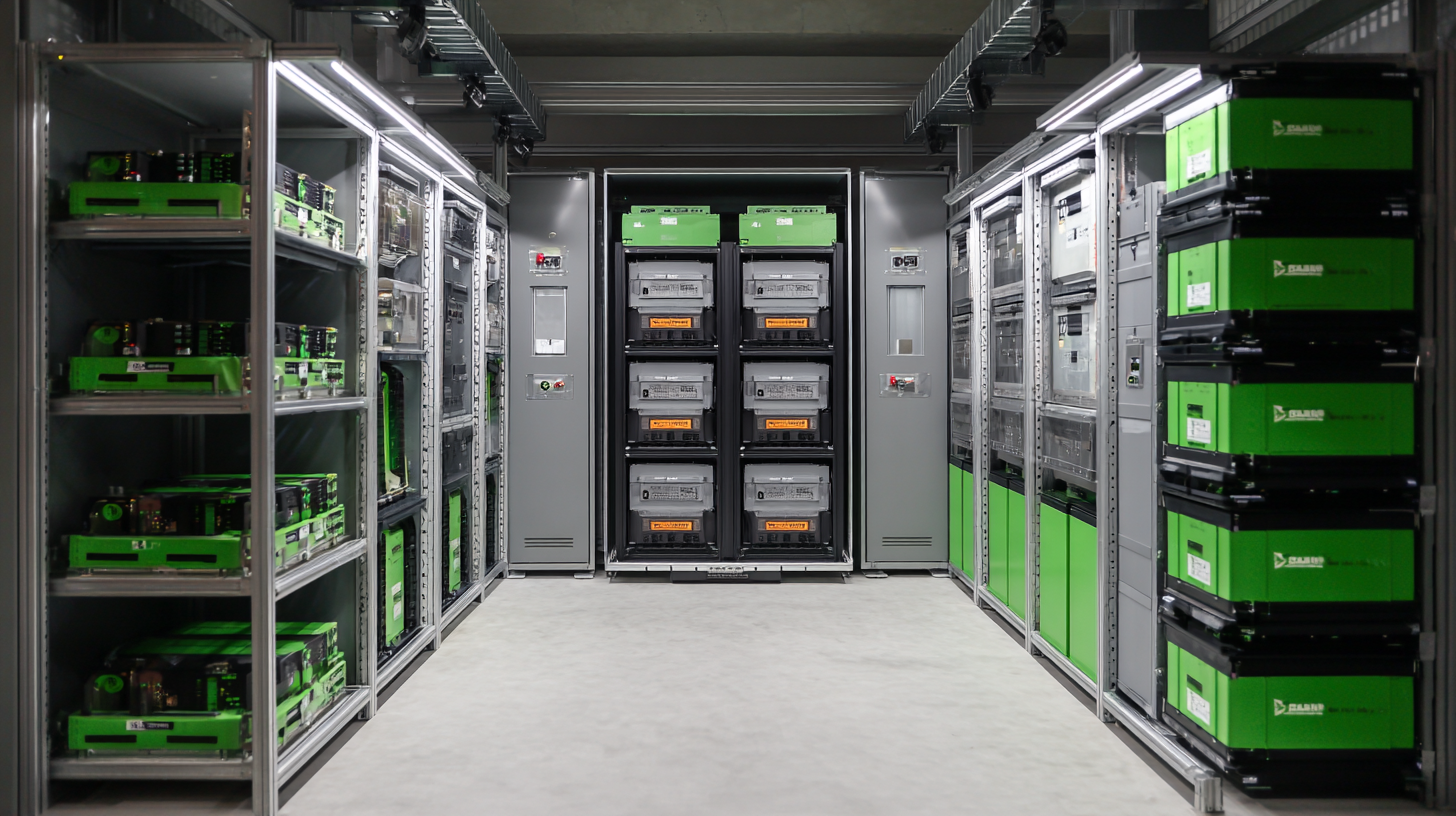
Additionally, the global containerized energy storage system (ESS) market is expected to grow tremendously, with an estimated value of $14.70 billion in 2024, forecasted to soar to $55.13 billion by 2032, reflecting a CAGR of 15.2%. This surge underscores the pressing need for innovative solutions in energy storage, particularly as traditional systems face efficiency and safety challenges. As the renewable energy landscape evolves, the demand for robust and long-term energy storage systems will continue to rise, catalyzing further investments and innovations in the sector.




